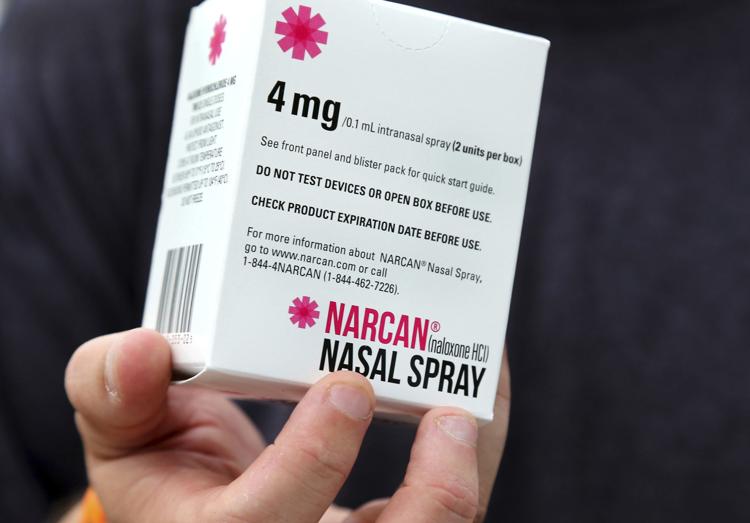
There is no doubt that the opioid epidemic, which has been building in the U.S. for the past two decades, is a public health crisis. But after a slow start, public health efforts are targeting this issue at the local, state and federal levels.
Missouri has prioritized expanding access to life-saving medications naloxone (marketed as Narcan) — a drug that reverses the deadly effects of an overdose — and buprenorphine and methadone, two medications aimed at taming opioid cravings. To increase access to treatment, the state also contracts with drug-treatment centers that provide counseling aimed at breaking addiction. Unfortunately, however, most treatment centers do not fully use these evidence-based medication approaches, nor do they publicly report their patients’ treatment outcomes. So their effectiveness is largely unknown.
In determining what works best for Missourians, reliable data from all avenues of treatment are essential. And while there’s no easy, surefire fix to the opioid epidemic, data we do have most strongly supports Missouri’s “medication first” approach. This stresses the use of medication as an essential starting point in treatment. Providing medication at the outset not only puts patients in a position in which they can engage in other interventions, such as counseling, without suffering opioid withdrawal, it lessens the risk of relapse and death as they’re waiting for more comprehensive interventions.
An evaluation shows this strategy increased the use of medication as part of treatment for opioid-use disorder — from 44% of those treated prior to “medication first,” to 85% after it was adopted. This approach also resulted in people being able to receive medication treatment right away, as opposed to after eight days in treatment. Further, people who were treated with medication were two times more likely to remain in treatment, and the overall costs of treatment per patient fell by an average of 21% when the “medication first” model was used.
In December 2018, my colleagues and I at Washington University applied jointly with the Missouri Institute of Mental Health for a $110 million grant from the National Institutes of Health to develop effective, innovative and sustainable approaches to reduce opioid overdose deaths in Missouri. Our proposal focused on identifying and deploying interventions in collaboration with the most seriously affected communities. We set an ambitious goal of reducing overdose deaths by 40% over four years.
That proposal followed data and science. We embraced medication-based treatment, and we doubled down on the life-saving approach of saturating communities with naloxone. Opioid-use disorder has many origins, but at its center, it is a brain disease. The brain is hijacked by opioids, and to get this biological system under control, long-term medication management ultimately is the most effective treatment. With counseling only, over 90% of people with opioid use disorder relapse within six months.
A lack of data has been a key impediment in confronting this epidemic. For example, we were unable to access the number of people in jail with opioid-use disorder. We could not get data on patient outcomes from many of the treatment programs that receive state funding. To make treatment better, faster, less expensive and sustainable, we need data from the many efforts underway so we can know what works and what does not.
Though our application was rated as excellent, we were unsuccessful in bringing to Missouri the National Institutes of Health funds we had sought. The fatal flaw of our application was that the reviewers thought we could not financially support our efforts to fight opioid addiction beyond the four years supported by the grant because Missouri is not a Medicaid-expansion state. Nonetheless, the process resulted in valuable research and in successful projects to develop guidelines to help people in recovery return to work; to test innovative treatment approaches in the emergency department; and to further educate health-care providers.
The greatest lesson learned from this process is that data shows what works best. We have to ask — and we have to show — how we can help our government agencies, health care, and justice systems be better stewards of our tax dollars and provide the most cost-effective services. We can only know our interventions are working, or not working, through evaluation of data properly generated by the different agencies involved. The data must be shared with evidence-minded professionals intent on saving lives and stemming this heartbreaking public health crisis.
View the original article in the St. Louis Post-Dispatch here: Breaking the opioid addiction chain

